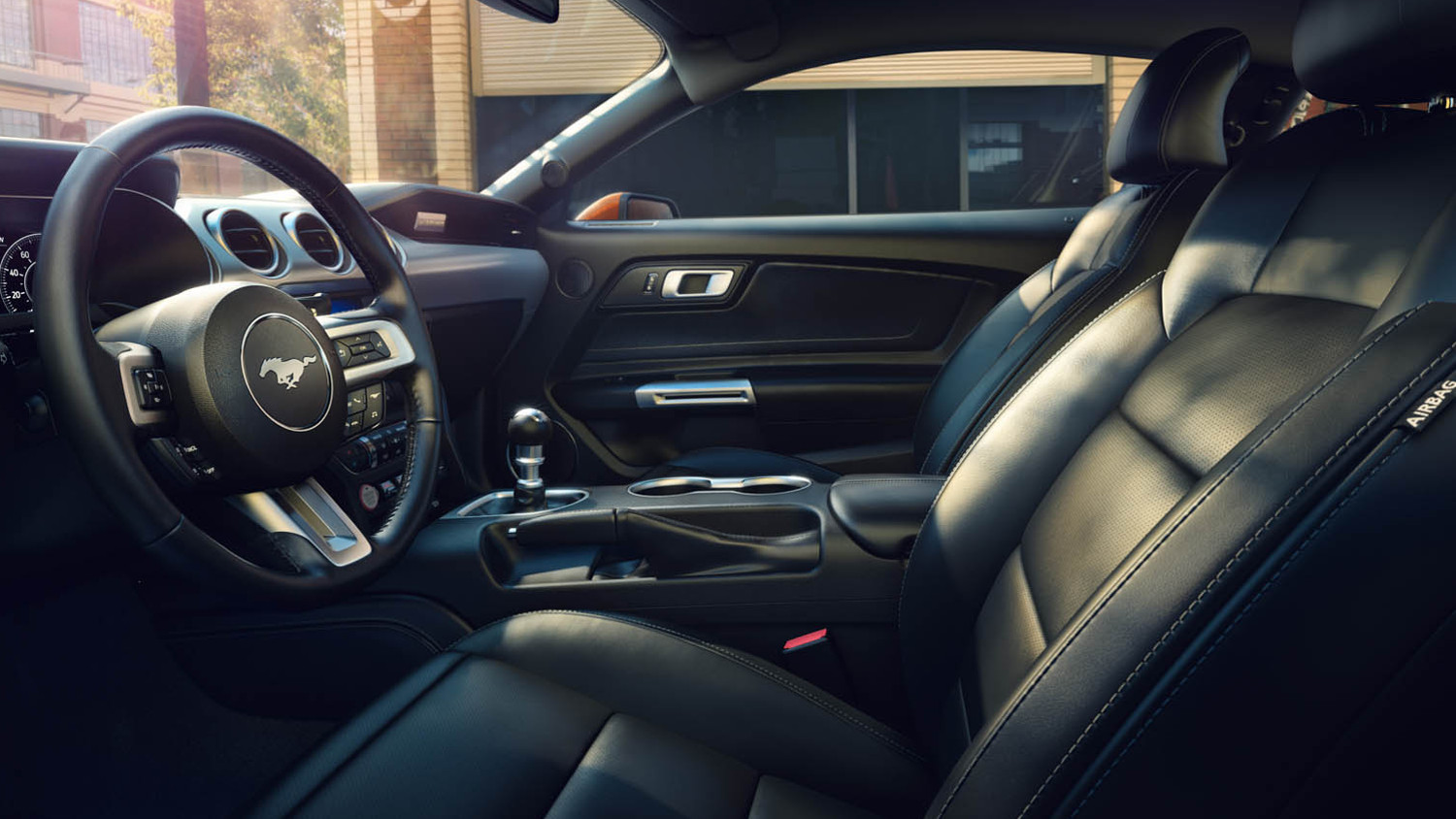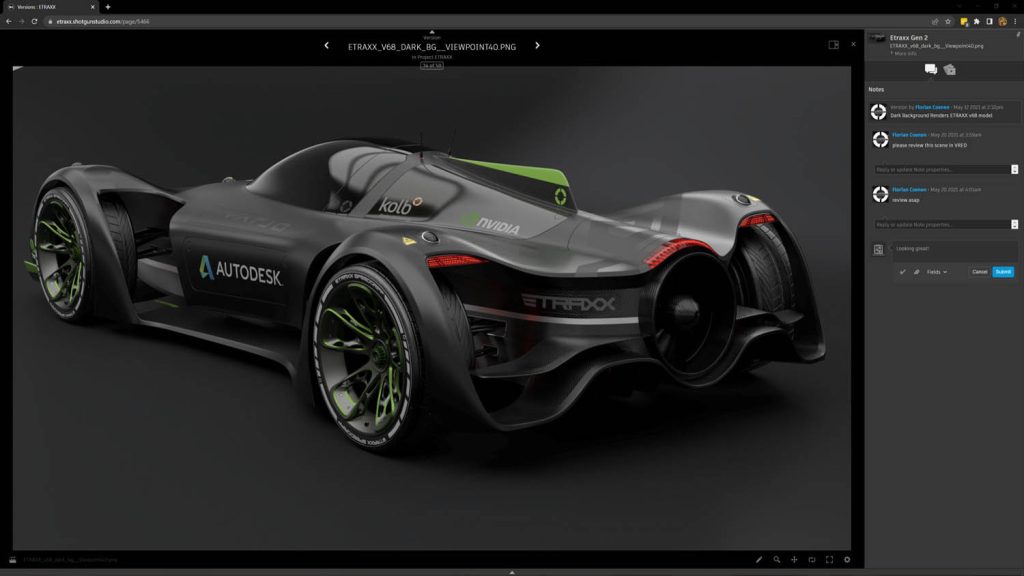Autodesk Alias has been around for over 36 years and remains the de facto standard for automotive CAD surfacing. Stephen Holmes speaks to Alias product manager Phil Botley about how the product is evolving to support new workflows
Autodesk Alias is synonymous with automotive design. While its creator Autodesk has flirted with the consumer goods market, and other CAD programmes have looked to steal onto its turf, this surfacing software is still the de facto choice for carmakers.
But Alias product manager Phil Botley happily acknowledges there’s no room for complacency. As he points out, there’s a new generation of car designers currently in training at universities and future designers from Generation TikTok aren’t far behind.
With Autodesk Alias, there’s clearly now an emphasis on delivering a product that doesn’t just produce high-level surfaces, but also can be picked up quickly, with users getting productive in minutes.
With this in mind, elements of the toolset are being redesigned, a process Botley describes as a real revolution. It’s not a reaction to new tools in the sector like Blender and Gravity Sketch, he stresses, but an attempt to work alongside them as part of the automotive design ecosystem.
He gives the examples of both the Hyundai and Kia Motor Company (HKMC) and BMW. At both carmakers, the Alias team has worked to implement a Blender-Alias workflow. “So the tools can work together simultaneously and symbiotically,” he says. “We’re not trying to be exclusive here and kick other small companies out. We’ll actually make sure the tools that our designers want to use will work seamlessly together.”
Responding to user demand
The key demand from current Alias users is to really simplify and speed up the styling and surfacing workflow, and to integrate Autodesk’s visualisation software VRED into the mix with a seamless data flow, whether it’s for materials or data.
Botley explains that Autodesk has several projects underway to enable this. One of them aims to allow Alias and VRED users to work on data simultaneously: “Instantly, without having to load the file or save the file. Basically, it will save them hours, if not days of data prep and design review time.”
Alias users also want help in learning VRED, by making it look more like the Alias user interface. In fact, Botley explains that Autodesk is taking this a step further, taking the rendering engine out of VRED, “basically what we call core separation”, and is in the process of putting it inside of Alias.
“So that means that if you’re an Alias user, and you’re a VRED user, and you want the same rendering or material asset library for your design process, then you as an Alias user can stay in your product,” he explains. “You can have the same materials, the same look and feel, because you will actually have VRED inside of Alias – which is really, really exciting for a lot of our users.”
And the work doesn’t stop there. Last year, Autodesk released VRED Go, a tool that enables designers to create a single executable file for a VRED experience, greatly streamlining the process of sharing a model with suppliers and customers.

Further exciting times are ahead, with Autodesk looking to unlock more of its potential for design collaboration and streaming onto any device. The team is already implementing client projects: streaming from AWS and Varjo Cloud XR, for example, allowing design managers to look at their VRED model on a mobile device anywhere in the world. “And you don’t need the data set,” Botley adds. “That’s really unlocking the potential of VRED and it’s what we call ‘democratising visualisation’.”
Further efficiencies have been identified through Autodesk ShotGrid, part of the company’s media & entertainment toolset. It’s a creative project management tool capable of managing digital assets and the review process, streamlining and managing collaboration.
Botley explains that this is enabling companies to automate some of the more tedious tasks in automotive design. “The Alias operator can be as lazy as anyone,” he laughs, “and ShotGrid will then take the model, rearrange it, rename it to specific naming conventions, do all the checks that you need, and will then actually release that directly into [Siemens] Teamcenter, or through [Dassault Systèmes] 3DExperience. We’re seeing some really significant process changes, and some really significant time savings for ShotGrid adoption.”
New automotive companies without the IT infrastructure of a General Motors or a Volkswagen are notably adopting ShotGrid. “They’re actually skipping forward maybe two or three generations of software and implementing a ShotGrid pipeline as their base design studio modelling workflow from the get-go. And they’re already seeing a lot of benefits and faster production cycles for using ShotGrid and automations,” he says.
There’s an interesting divide growing between the legacy car companies and newer, more nimble challengers, which are taking lessons from intensive digital workflows like film and visual effects production to speed up processes and launch cars faster.
A single shot
The shift to a single pipeline is one of the biggest changes Botley is observing. Traditionally, surfacing a car manually using Autodesk Alias, clay modelling, Catia ICEM Surf and more can take months until it is released to the engineering team. This is a huge problem in the modern age, where multiple projects can be underway at any one time.
More companies are looking to reuse Alias data as a single unified surfacing pipeline, feeding straight into Dassault 3DExperience, Catia, or Siemens NX.
The Alias team has already implemented such a pipeline for PSA Group, the maker of Peugeot, Citroen and DS cars, giving the company a 20% timesaving on surface delivery.
“Design is quite small compared to the overall car process. The quicker that we can release this surface data to other departments, the quicker they can do all the homologation checks, and the quicker they can start [building] the factories,” Botley explains.
“What we’re seeing is, by saving this 20% in design, it’s literally saving hundreds of millions across the billiondollar car project.”
The intelligent reuse of surfacing data means there’s less room for translation errors, and more time to handle pushbacks from engineering, helping better maintain design intent.
“One of the reasons you’re seeing the new HKMC Cars and the styling language is because they can really maintain design intent, from the sketch right the way through to surface release, push back against engineering, and keep the cars looking really cool and really sexy.”
Botley is full of enthusiasm for the future of Autodesk Alias and the role it will continue to play in automotive design. There are plans to convert the existing C++ API into Python, so that users can code their own design and rendering tools faster; and aspects like the return of clay modelling, augmented by software and XR, allowing a designer’s tape changes – whether virtual or real – to be recorded in Alias.
What’s clear today is that Alias is allowing stylists to simplify workflows, and by automating the nondesign elements, the time saved is feeding back into the creativity of automotive design.






